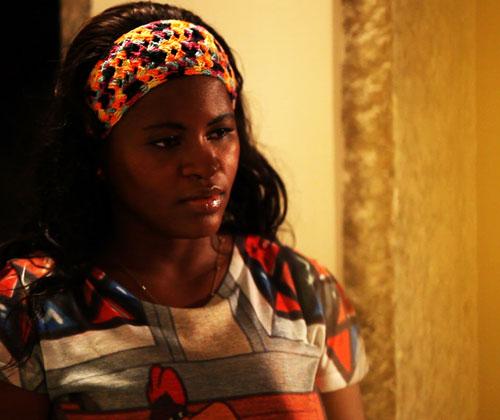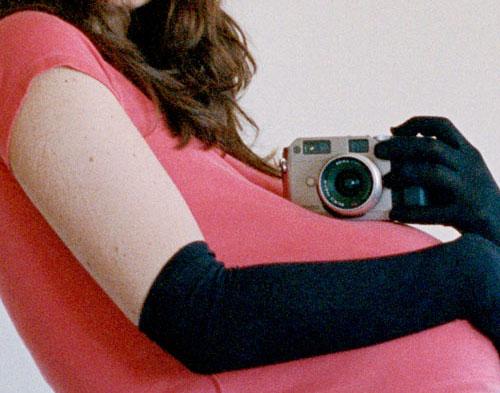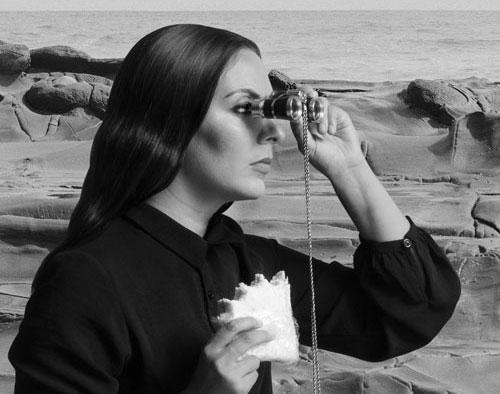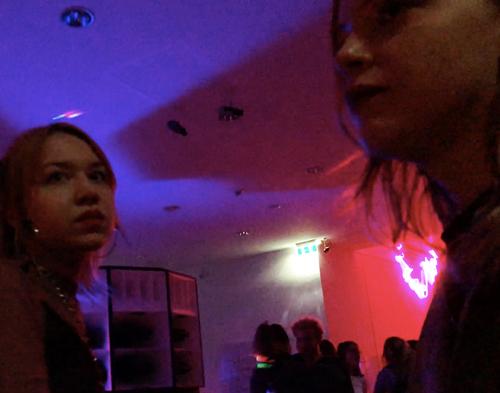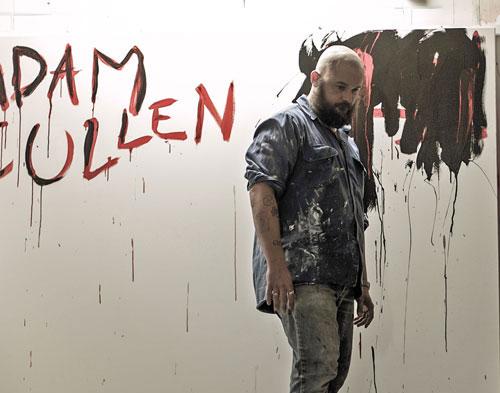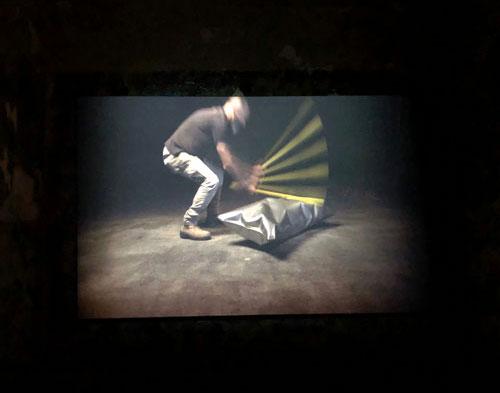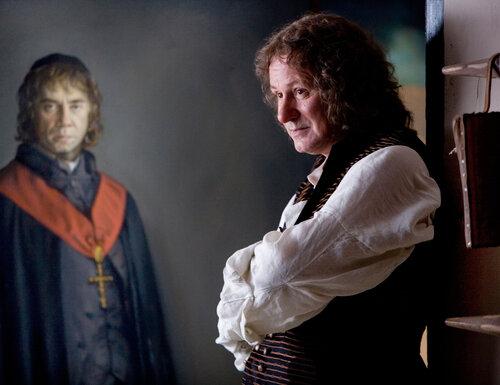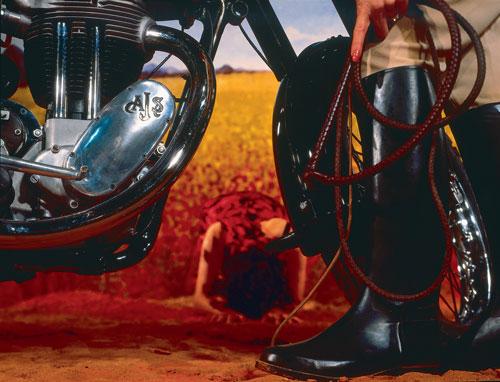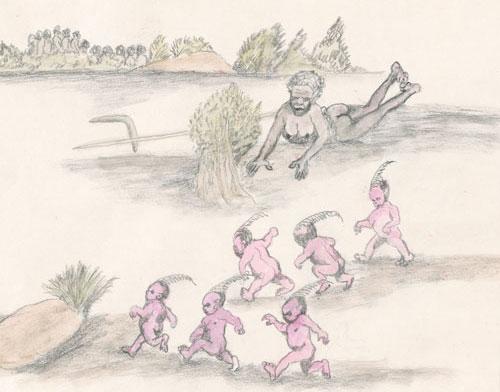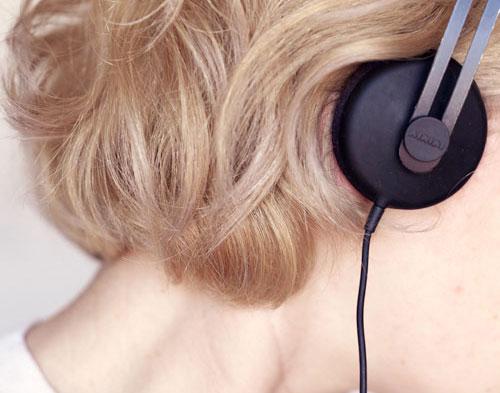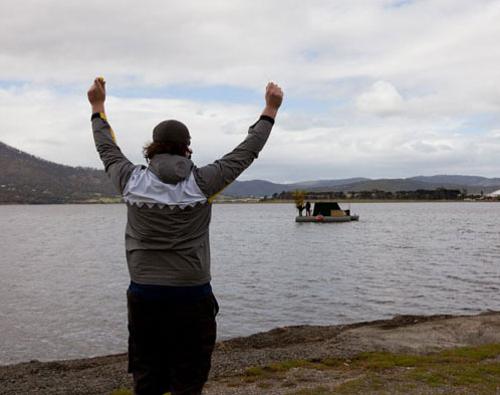Amos Gebhardt: Small acts of resistance
A café in St Helier on the Isle of Jersey, sometime between 1940 and 1944, during the German occupation of the Channel Islands. Writer, photographer and actor, Claude Cahun and her lover and step-sister, the artist, Marcel Moore, both middle aged, retired from public life, enter a café, quietly and quickly, slipping passionate and imaginative notes they have written into German soldiers’ coat pockets or on tables. These notes, signed in German “der Soldat ohne Namen” (the soldier with no name), are seeking to foment rebellion.

